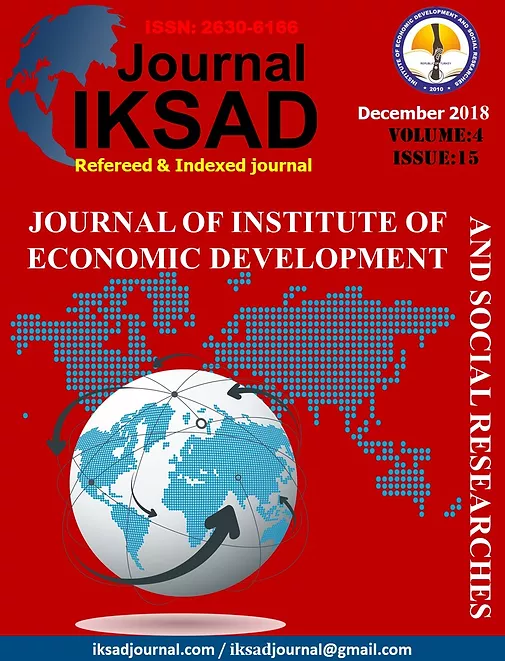“NEW NORMAL” AND THE CHANGING FACE OF INTERNATIONAL TRADE: THE EXAMPLE OF CHINA
DOI:
https://doi.org/10.31623/iksad.121Keywords:
New Normal, Global Trade, Protectionism, China, Political EconomicsAbstract
Political equilibrium is changing in the world and the paradigms that direct the international trade environment are different. Countries no longer look too pessimistic or very optimistic about the markets, and the middle of both try to follow a new normal attitude. The new normal is not a period for countries to wait for the next bright growth and rise, but rather as a condition to be accustomed to the normal balance between the two. After the crisis of 2008, when almost all countries opted for the recovery of financial stimuli, most governments adopted a conservative fiscal stance and turned to austerity policy. Given the overall weakness of demand today, global trade does not promise to serve as an incentive for any group of countries. Although global trade shows some signs of recovery in early 2017 after significant slowdowns in 2015 and 2016, trade has so far followed a moderate course and has long-term durability. One of the most important problems facing trade today is that it is increasingly affected by political factors. In particular, the debate on the uses and abuses of trade policy has increased significantly over the past few years, and there is a real risk that continuing protectionist discourses will eventually turn into restrictive policies. In recent years, China has emerged as the main player in international trade and has started to play an increasingly important role in East Asian and in world economies. China's economic growth rate fell to %6-7% from historical double-digit figures. The Chinese government is trying to rebalance its economy to achieve less rapid but more sustainable economic growth. In this context, the new normal should be well evaluated in the context of its challenges and opportunities. In this study, how the international trade changes in the process called new normal will be discussed.
Downloads
Published
How to Cite
Issue
Section
License

This work is licensed under a Creative Commons Attribution-NonCommercial 4.0 International License.


